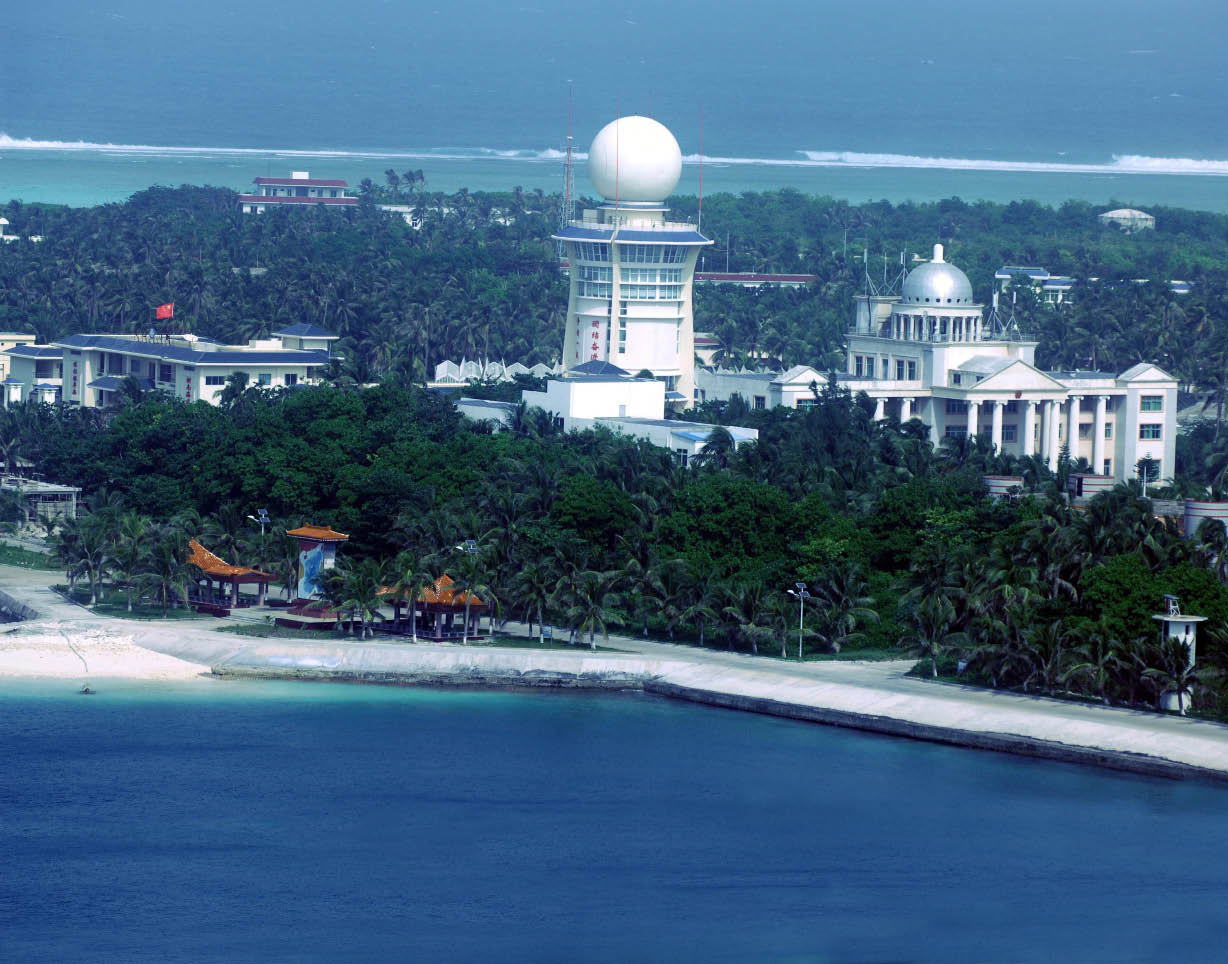Why Is China’s Sovereignty
Over the South China Sea
Challenged Frequently?
Why Is China’s Sovereignty
Over the South China Sea
Challenged Frequently?
By CHU HAO
IN recent years confrontations over certain islands in the South China Sea have been escalating. Recent provocations by Vietnam and the Philippines in the area have once again dragged this issue to the front of the international stage.
An Indisputable Part of Chinese Territory
With support from an abundance of historic records and international laws, we can claim that the Nansha Islands and its surrounding waters, the centerpiece of contentions over the South China Sea, are Chinese territory. Some neighboring countries in Southeast Asia, however, dispute this highly corroborated fact, challenging the marine boundary demarcation and laying claims to resources in the area.
As early as the second century BC Chinese people first discovered and named the Nansha Islands, and have since gained more knowledge of the area with the development of its shipping industry. Multiple names were applied to this cluster of small islands in the Tang (618-907) and Song (960-1279) dynasties and later regimes, during which their shapes, locations, shipping routes, shoals and hidden reefs were all detailed in a raft of ancient documents and books.
The Chinese made the earliest recorded exploration of these islands. Records of Rarities (Yiwu Zhi) a book completed in the late Han Dynasty (206 BC- AD 220) wrote about Chinese fishing in the region. By the Ming (1368-1644) and Qing (1644-1911) dynasties, fishermen from China’s Hainan Island had reached significant numbers and the scope of their activities steadily expanded, accompanied by the establishment of several trade routes. Meanwhile they reclaimed land and grew trees on the Nansha Islands. In time, such exploration and activities were recognized by sailors of foreign nationalities. The 1868 Guide to the South China Sea by British navy have accounts of the activities of Chinese fishermen in the Nansha Islands. According to the Guide, fishermen from Hainan Island would travel to Zheng He Isles and Reefs where they would live on sea cucumbers and shellfish. Fishermen’s footprints could be found on every one of the Nansha Islands and some fishermen spent long periods living there.
 |
| Sansha City, founded on July 24, 2012, has jurisdiction over an area of more than two million square kilometers in the South China Sea. It has the largest territory among all Chinese cities, but the smallest land area and population. |
China was the first country to exercise sovereignty over the South China Sea. The Nansha Islands were marked in The Sailing Charts of Zheng He of the Ming Dynasty under the name Wansheng Shitang Islands, and also featured as part of Chinese territory in the 1716 atlas The Great Qing and the World and the 1817 map Unification of the Great Qing.
In 1933 French colonists took over several of the Nansha Islands by force, but eventually retreated following strong resistance by local fishermen and protests from the Chinese government.
During World War Two the Nansha Islands were seized by Japanese invaders, and were not returned to China until the Cairo Declaration and the Potsdam Proclamation were signed. In 1946 the Chinese government sent four warships to the South China Sea archipelago for a handover ceremony and re-erected the sovereignty monument on the major isle.
In 1947 the Republic of China government released a list featuring the old and new names of islands in the South China Sea and put them under the jurisdiction of Guangdong Province. In February of the following year it published a map of the South China Sea Islands, which was used as a reference map during the founding the People’s Republic of China in 1949.
Since the founding of the PRC, China has continued to exercise sovereignty over the region. Premier Zhou Enlai, in his 1951 statement on the U.S. and U.K.’s draft peace treaty with Japan at the San Francisco Conference, explicitly stated: “The Xisha Islands and Nanwei Island, just like the Nansha, Zhongsha and Dongsha islands, have always been China’s territory.” In 1958 China issued the statement of the People’s Republic of China on its maritime territory, declaring that the breadth of the territorial sea of the PRC is 12 nautical miles, and that this provision applies to all territories of the People’s Republic of China including the Chinese mainland and its coastal islands, including the Dongsha, Xisha, Zhongsha and Nansha islands.